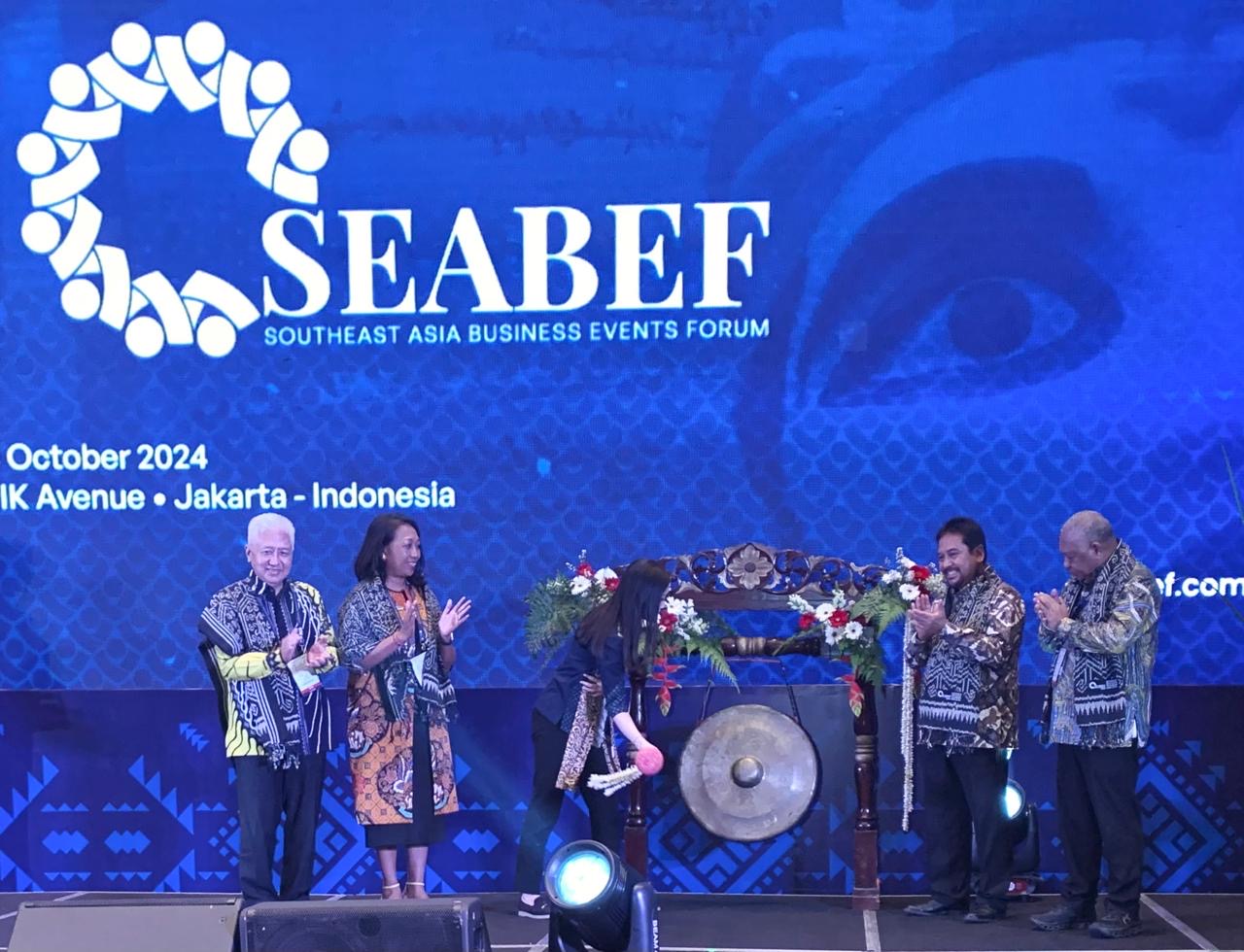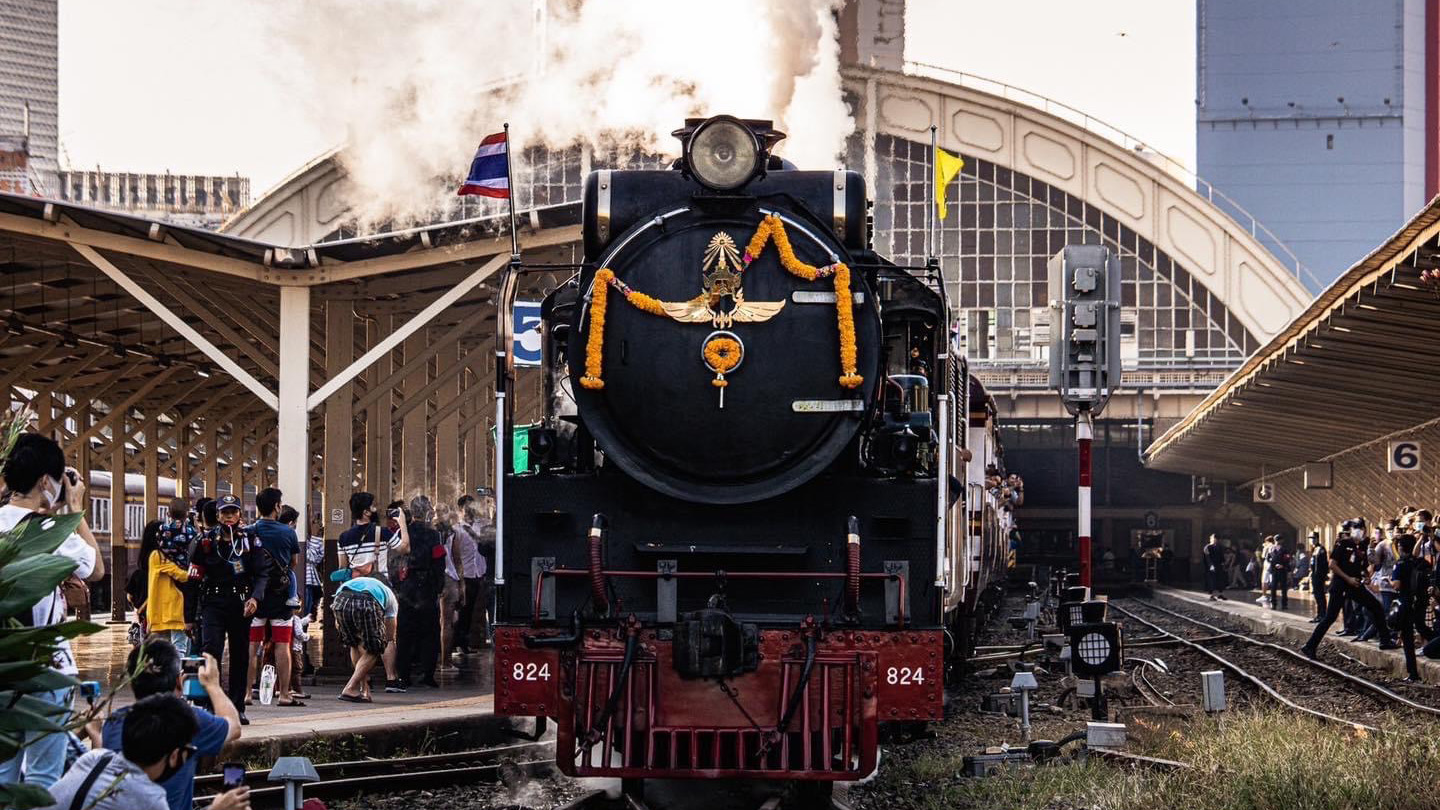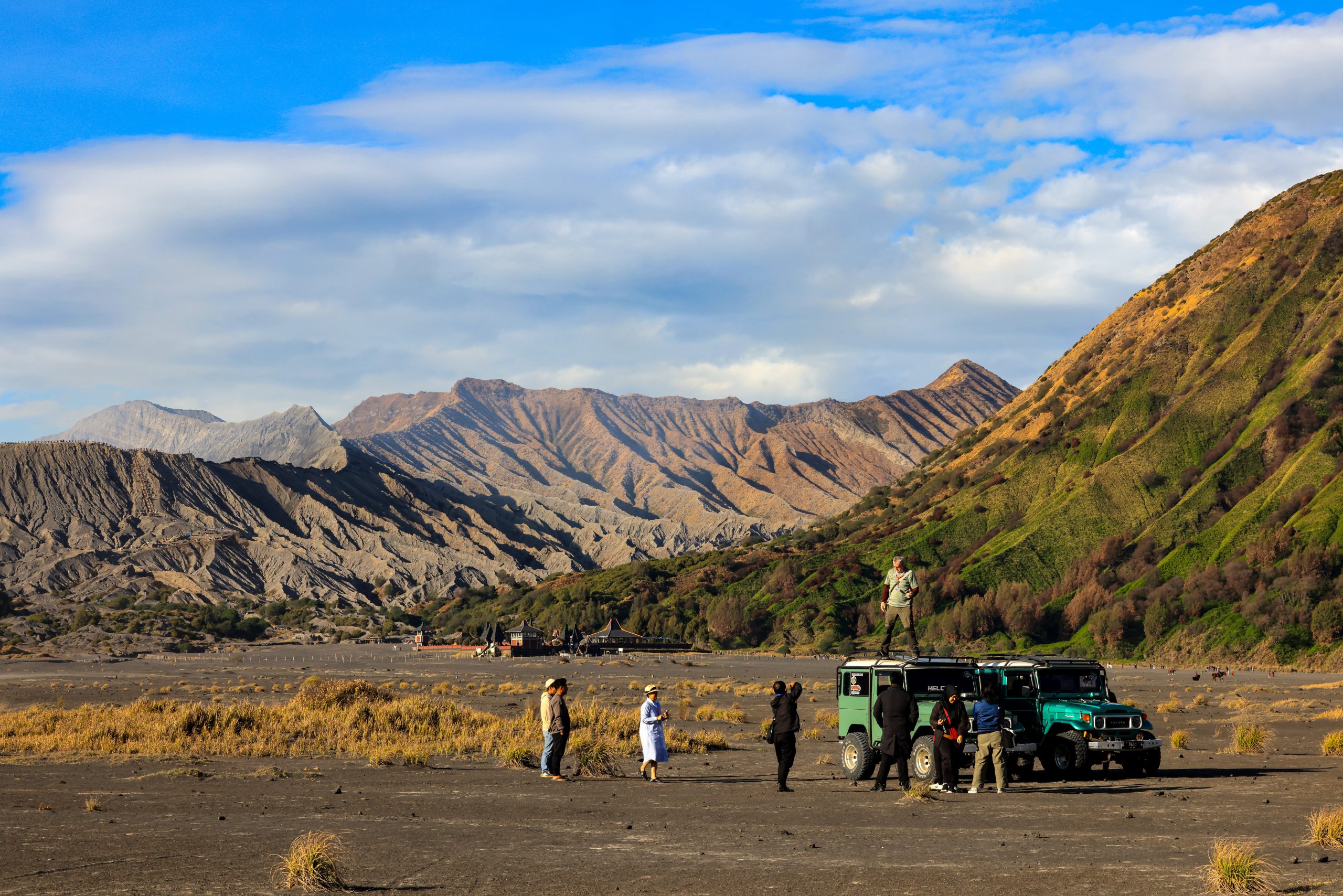Nothing defines the grandeur and scale of India quite like its forts and palaces. For most visitors they are the starting point of an Indian journey of discovery, and hotels and tour operators have years of practice making full use of them for spectacular events. Says Nikhil Arora of Bespoke Tours, “It’s a no-brainer, it simply cannot go wrong – we can give you forts and palaces with our eyes shut”.
Although “Royal India” may be a bit of a cliché, for the majority of visitors, it is nonetheless a most wonderfully atmospheric experience, one that combines authentic monumental heritage and classical living with that irresistible Bollywood extravagance – bright costumes, turbans, henna-decorated palms, shimmying dancers, elephants, camels, pageantry and mock weddings. At Fort Neemrana, an American group got it into their heads to play an indigenous Indian village sport, “and so, a round of the obscure game ofkabaddi was played atop an ancient watchtower in the rugged Aravallis,” says Kulbhushan Bhatt of Neemrana Hotels.
MICE and maharajas

The foreign traveller has long come to India in search of maharajas, but MICE travel to forts and palaces only began in the mid-1980s, and only in the last 10 years have tour operators started to create dedicated MICE departments. Today, India ranks fifth in Asia in terms of revenue generated from business events, and 27th in the US$270 billion global market. Clearly, much remains to be done. Of the total MICE travel to India, those utilising forts and palaces constitute roughly 80 per cent.
But with India making its presence felt as an economic power, a new travel segment has emerged – government, industry and corporate delegations from around the world, travelling here to meet their Indian counterparts and to understand the country. Many of these combine their meetings with a pre- or post-event tour to help them acclimatise and gain insight into the Indian ethos. For them too, forts and palaces provide a grand, vivid but comfortable introduction to the subcontinent.

Size matters
Forts and palaces were deliberately built on a grand scale to impress, and so make very suitable events and incentives destinations. Also, their range of spaces, from small courtyards and enclosed gardens to grand ramparts and splendid audience halls, mean that anyone can be catered for, whether a small group of 20 or a 1,000-strong crowd. The thick medieval walls, within which bejewelled queens and a decadent nobility once lived, now cleverly incorporate all the modern IT facilities necessary for today’s events – nothing quite beats video-conferencing under a gilded, vaulted dome while generations of haughty rulers gaze down at you sternly from portraits on the walls.
Sometimes, the thick walls and remoteness of the locale interfere with phone connectivity – but that’s when the great Indian talent for improvisation kicks in. As Aman Nath, co-chairman of Neemrana Hotels, recounts: “We once parked a Hutch van with a mobile satellite on the highway beyond the fort, just so that the group could have smooth connectivity.” Three Neemrana properties – Pataudi Palace, Fort Neemrana and Fort Kesroli – are favourites with international MICE groups, having hosted corporations such as Citibank, Airtel and the Royal Bank of Scotland.
Forts and palaces are also India’s best-developed tourism product because they are among its earliest. At the time of India’s independence in 1947, there were some 7,000 princely families in India; they were granted an allowance or Privy Purse in 1950 to help them maintain their private palaces and estates. By the 1960s and 70s, the only international tourists were low-budget backpackers, but when in 1972 Prime Minister Indira Gandhi revoked special privileges and the Privy Purse, the royals were dealt a major body-blow. Many sold off their palaces and treasures and sank without trace, but some converted their forts and palaces into “heritage” hotels, thus paving the way for a new type of high-end tourism – which subsequently captured events planners’ attention. A pioneer in this field was the Maharana of Mewar, who turned the beautiful Lake Palace in Udaipur into a hotel way back in 1963.
Lakes, deserts and mountains

Of all India’s royal destinations, the one that seems to top everyone’s list is Udaipur in Rajasthan. Udaipur is seen as the ultimate royal destination – indeed, to most visitors, Rajasthan is India. Though there are forts and palaces elsewhere in India, nowhere else is the experience so exquisitely packaged. Almost all the palace hotels in Rajasthan are equipped to create the full royal fantasy, with vintage cars, elephant polo, mock royal weddings, a banquet under the stars on the ramparts of a fort, or tribal dances by firelight in a tented desert encampment. Neemrana Hotels keeps accompanying spouses entertained during conferences by organising traditional Rajasthani cookery classes, organising treasure hunts throughout rambling fortresses, or setting up a vintage Meena Bazaar – a small but vibrant market with traditional local handicrafts.
India’s mountain palaces have a different flavour. Set in the Himalayan foothills and other locations around the country, most of them were summer residences dating to the era of the British Raj, and have a distinctly colonial ambience. Other than the grand palace hotels, there is also a second rung of heritage hotels – smaller palaces, mansions and estates that belonged to lesser royals and nobility, but are just as atmospheric. Filled with crystal chandeliers and period artefacts, they cater to exciting mid-budget MICE events for smaller groups of 20 to 25 persons.
But regardless of where the event is staged, be it in a verdant garden with a mountain backdrop, by a mirror-calm lake under ornate palace walls or in tented splendour watching a romantic desert sunset, one thing remains the same: India’s bewitching ability to make its guests truly feel they are king for the day.
FAST FACTS
Access: For most destinations on the forts and palaces circuit, access is via Delhi which is served by some 40 international airlines. Domestic flights service almost all points on the Royal India circuit.
Climate: The desert citadels and palaces are best visited between October and February, while summer is a great time to schedule your event in a mountain palace.
Visas: All nationalities (except Nepal and Bhutan) require a visa to enter India, but they are relatively quick and easy to obtain from Indian consulates. A tourist visa is generally valid for 180 days. A 30-day, single-entry tourist visa is offered as a visa-on-arrival facility to visitors from Finland, Japan, Luxembourg, New Zealand, Singapore, Cambodia, the Philippines, Vietnam, Laos and Myanmar (for entry through Delhi, Mumbai, Chennai or Kolkata airports only).
For more details, visit http://india.visahq.com
Language: India has many regional languages but English is widely spoken.
Contact: www.incredibleindia.org
INSIDER VERDICT
Nikhil Arora, Managing Director, Bespoke Tours
What can be done to take the “Royal India” experience even further? At Bespoke, we try to enhance a visitor’s appreciation by inviting a historian, a famous author or photographer, or a top chef, instead of a regular guide. That way, the group gains authentic, more meaningful insights. Recently, the celebrated writer and historian William Dalrymple accompanied a group to the Taj Mahal. Later, he hosted the group for a meal at his farmhouse in Mehrauli.
What are India’s problems as a MICE destination? There is a general mistrust of Indian operators due to overpricing, shopping scams by guides and unnecessary charging for cancellations. Also, we need to develop products specifically targeting the 75 million Chinese travellers, of which only a small percentage come to India. For them, the main issues are language and cuisine. We need to address their needs.
What can the government do? There need to be guidelines laid down for greater coordination and cooperation between various stakeholders like state governments, tourism boards, tour operators and hoteliers. In addition, the MoT [Ministry of Tourism] needs to undertake more effective marketing. For instance, it would be a nice touch if the MoT welcomed MICE travellers by giving them small souvenirs, as is done by the TCEB [Thailand Conventions and Exhibitions Bureau].
THE PROFESSIONALS
Designer Incentives
email: designer@designerincentives.net
www.designerincentives.net
Bespoke Tours
email: nikhil@mytraveltracks.com
www.bespoketours.com
ITINERARY
Day 1 Delhi to Jodhpur (flight)
• Arrive in Jodhpur and check in at the Umaid Bhawan Palace. Perched high above the desert capital of Jodhpur, this is one of the great palaces of India and one of the largest private residences in the world, set amidst 10.5 hectares of lush gardens.
• Go for a drive in a vintage car accompanied by a royal butler, through the charming blue-painted city, followed by a tour of the majestic Mehrangarh Fort, the Old City, the colourful bazaars and the royal cenotaphs at Jaswant Thada.
• Dinner is along a shimmering candlelit pathway to Baradari, the marble edifice in the centre of the palace lawns. Here a grill ?and barbecue feast is laid out under the stars to the strains of ?desert music.
Day 2 Full day at leisure or meetings
• Indulge yourself either at the Jiva Spa, or opt for a day trip to Rohetgarh (40 km away), a small desert citadel with a beautiful heritage hotel beside a lake. Rohetgarh’s signature programme is a sensitively conceived village safari that allows visitors to interact ?with the local tribes, visiting their homes and appreciating their unique culture.
• Lunch at Rohetgarh, then return to Umaid Bhawan for a gala dinner. Guests, festively dressed in turbans for the men and odhnis for the ladies, are led up to the ramparts in a procession on horseback and camels. Here a fabulous feast is laid out and the evening ends with a grand fireworks display.
Day 3 Jodhpur to Jaipur (300 km, 6-hour drive)
• After breakfast, leave for Jaipur, arriving at the Rambagh Palace Hotel in time for lunch. The Rambagh Palace was the residence of the Jaipur royal family. Its wealth and opulence is the stuff of legend. Guests can rest in the afternoon, unwind at the spa or go shopping (vehicles are provided).
• Evening drinks and dinner take place at the Rambagh’s elegant lounge and restaurant, or there is the option of a Traditional Royal Dinner at the City Palace, which was the seat of governance and home of Jaipur’s extended royal family. Guests are greeted by caparisoned elephants, flower garlands and traditional Hindu rituals. Dinner is laid out in a mirrored and gold-lacquered “Shobha Nivas” hall. A traditional Rajasthani meal is served seated on mattresses and bolsters, or you can opt for a continental meal. You can even dine with a member of the royal family.
Day 4 Jaipur
• After breakfast, spend the morning shopping in the old-fashioned bazaars of the Pink City for tooled leather, block-printed and tie-dyed textiles, ceramics, mirror-work and embroidery. Jaipur is also one of the world’s biggest centres for cutting and polishing precious and semi-precious gemstones.
• Post-lunch, head for Dera Amer for a game of elephant polo. Guests are given a traditional welcome with a shower of flower petals, caparisoned elephants, drummers and a military pipers band. Over cocktails and snacks, the intricacies of the game are explained. Then the game begins with every guest getting an opportunity to participate. A short elephant safari is also ?available. This is followed by a barbecue dinner at Dera Amer around a bonfire.
Day 5 Jaipur to Delhi (flight)
• Breakfast at the Rambagh, after which guests can relax until lunch or go into the city for a last round of shopping. Afternoon check-out and board flight to Delhi.
Bharati Motwani


